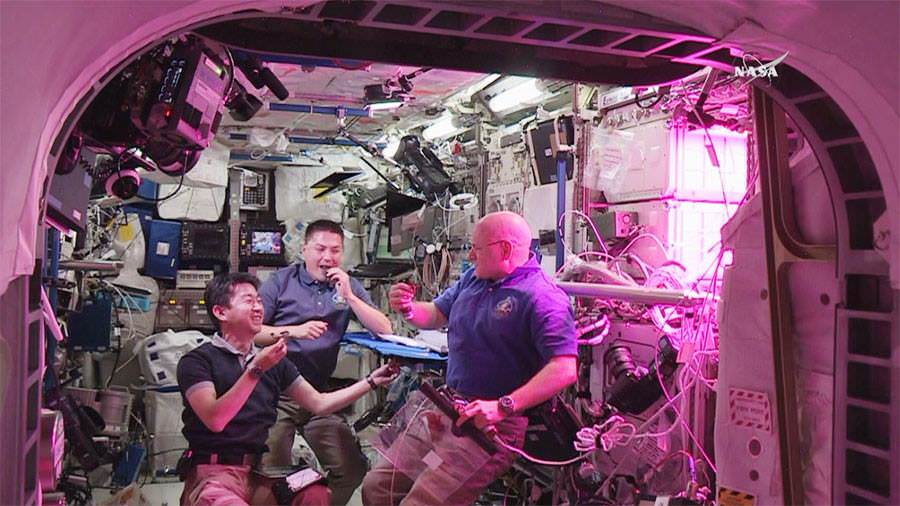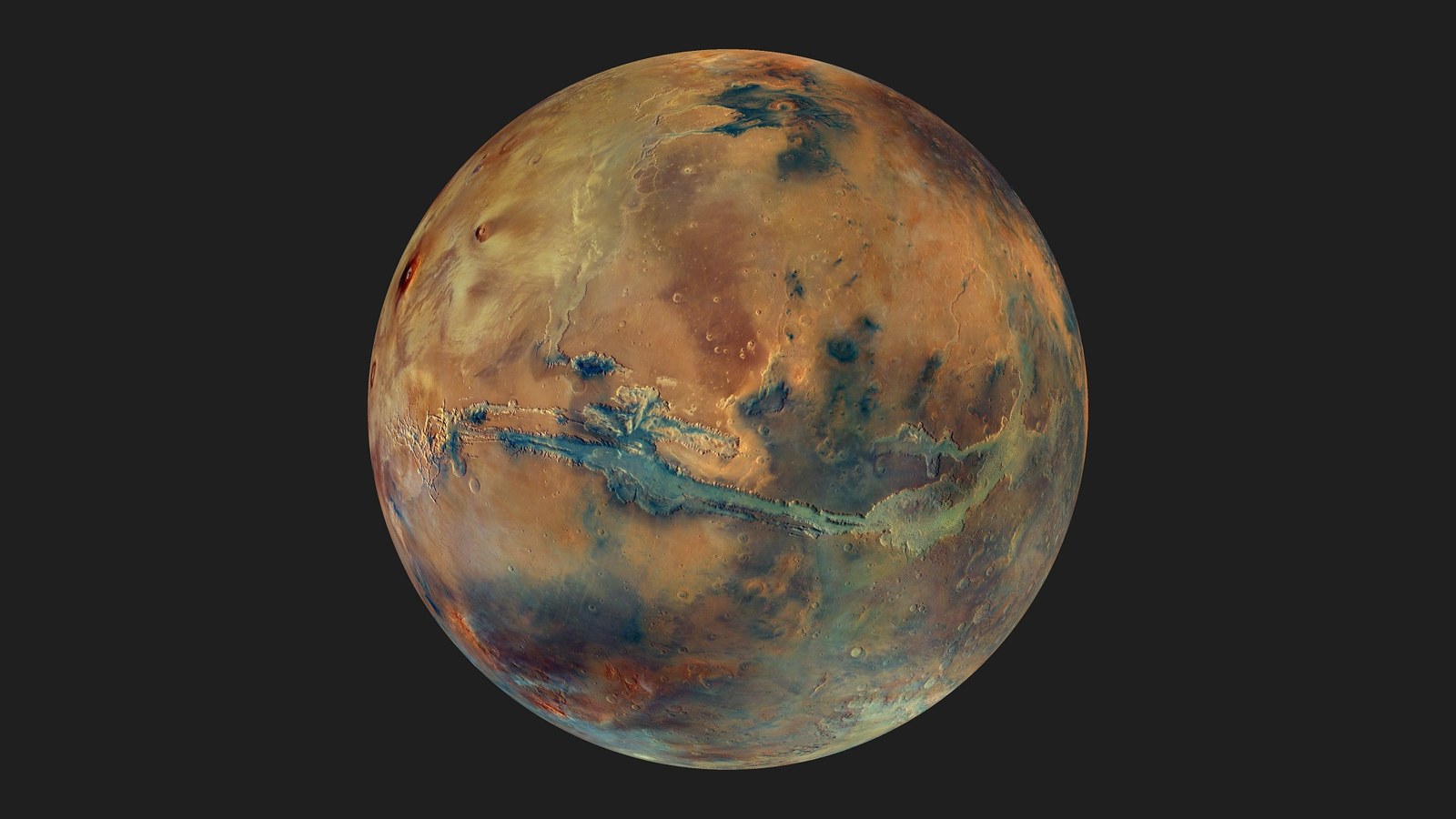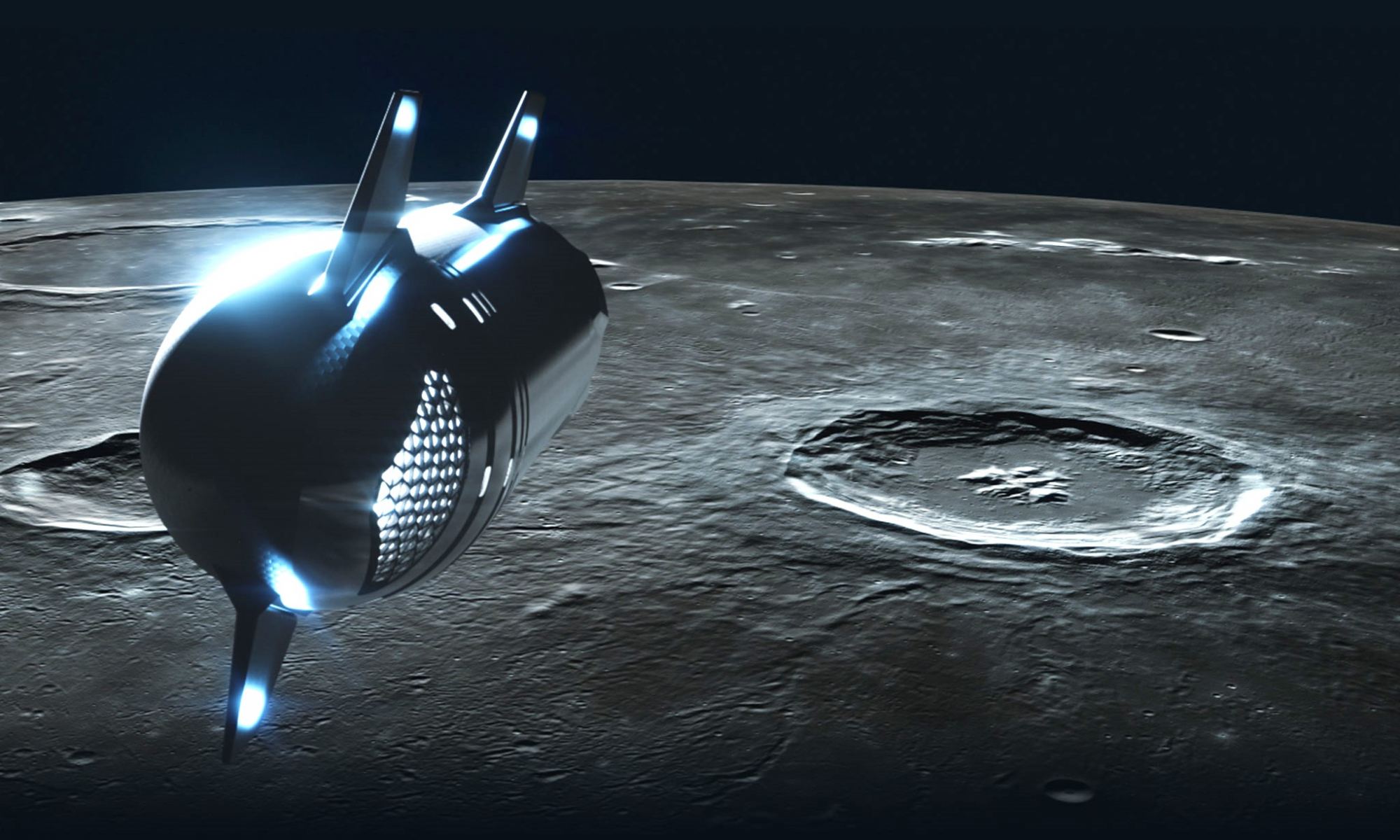The Breakthrough Starshot program aims to cross the immense distances to the nearest star in just decades. Using a high-powered laser to propel a reflective sail technology to relativistic speeds is their mission. The selection of sail material is key to its success as it must be lightweight while being able to withstand acceleration and radiation from the laser. A recent study explores various materials and proposes that core-shell structures—spherical particles composed of two different materials—could be a promising solution.
Continue reading “What Should Light Sails Be Made Out Of?”A Spider Stellar Engine Could Move Binary Stars Halfway Across a Galaxy

Eventually, every stellar civilization will have to migrate to a different star. The habitable zone around all stars changes as they age. If long-lived technological civilizations are even plausible in our Universe, migration will be necessary, eventually.
Could Extraterrestrial Intelligences (ETIs) use stars themselves as stellar engines in their migrations?
Continue reading “A Spider Stellar Engine Could Move Binary Stars Halfway Across a Galaxy”Add Astronaut Nutrition to the List of Barriers to Long-Duration Spaceflight

Though there are no firm plans for a crewed mission to Mars, we all know one’s coming. Astronauts routinely spend months at a time on the ISS, and we’ve learned a lot about the hazards astronauts face on long missions. However, Mars missions can take years, which presents a whole host of problems, including astronaut nutrition.
Nutrition can help astronauts manage spaceflight risks in the ISS, but long-duration missions to Mars are different. There can be no resupply.
Continue reading “Add Astronaut Nutrition to the List of Barriers to Long-Duration Spaceflight”NASA's New Solar Sail Extends Its Booms and Sets Sail

Solar sails are an exciting way to travel through the Solar System because they get their propulsion from the Sun. NASA has developed several solar sails, and their newest, the Advanced Composite Solar Sail System (or ACS3), launched a few months ago into low-Earth orbit. After testing, NASA reported today that they extended the booms, deploying its 80-square-meter (860 square feet) solar sail. They’ll now use the sail to raise and lower the spacecraft’s orbit, learning more about solar sailing.
“The Sun will continue burning for billions of years, so we have a limitless source of propulsion. Instead of launching massive fuel tanks for future missions, we can launch larger sails that use ‘fuel’ already available,” said Alan Rhodes, the mission’s lead systems engineer at NASA’s Ames Research Center, earlier this year. “We will demonstrate a system that uses this abundant resource to take those next giant steps in exploration and science.”
Continue reading “NASA's New Solar Sail Extends Its Booms and Sets Sail”Astronauts’ Muscle Loss Mimics Age-Related Muscle Loss

One of the hazards astronauts must contend with is muscle loss. The more time they spend in a microgravity environment, the more muscle loss they suffer. Astronauts use exercise to counter the effects of muscle atrophy, but it’s not a perfect solution. Researchers want to develop drugs to help, and understanding the muscle-loss process in space is a critical first step.
Continue reading “Astronauts’ Muscle Loss Mimics Age-Related Muscle Loss”The Shelf Life of Many Medications Is Shorter Than A Round Trip To Mars

Check any container of over-the-counter medicine, and you’ll see its expiration date. Prescription medicines have similar lifetimes, and we’re told to discard old medications rather than hold on to them. Most of them lose their effectiveness over time, and some can even become toxic. We’re discouraged from disposing of them in our wastewater because they can find their way into other organisms, sometimes with deleterious effects.
We can replace them relatively easily on Earth, but not on a space mission beyond Low Earth Orbit.
Continue reading “The Shelf Life of Many Medications Is Shorter Than A Round Trip To Mars”The Most Dangerous Part of a Space Mission is Fire

Astronauts face multiple risks during space flight, such as microgravity and radiation exposure. Microgravity can decrease bone density, and radiation exposure is a carcinogen. However, those are chronic effects.
The biggest risk to astronauts is fire since escape would be difficult on a long mission to Mars or elsewhere beyond Low Earth Orbit. Scientists are researching how fire behaves on spacecraft so astronauts can be protected.
Continue reading “The Most Dangerous Part of a Space Mission is Fire”Astronauts Struggle To Eat Their Space Food and Scientists Want to Know Why

Astronauts sometimes struggle to consume enough nutritious food on the ISS because it tastes bland. But astronaut food is of high quality and designed to be palatable and to meet nutrition needs. What’s the problem?
Continue reading “Astronauts Struggle To Eat Their Space Food and Scientists Want to Know Why”Warp Drives Could Generate Gravitational Waves

Will future humans use warp drives to explore the cosmos? We’re in no position to eliminate the possibility. But if our distant descendants ever do, it won’t involve dilithium crystals, and Scottish accents will have evaporated into history by then.
Continue reading “Warp Drives Could Generate Gravitational Waves”Japanese Billionaire Calls Off His Starship Trip Around the Moon
Six years after he announced a grand plan to fly around the moon with a crew of artists in SpaceX’s Starship rocket, Japanese billionaire Yusaku Maezawa said he was canceling the project due to delays in Starship’s development.
In a series of postings to the X social-media platform, Maezawa said he signed his contract with SpaceX “based on the assumption that dearMoon would launch by the end of 2023.”
“It’s a developmental project, so it is what it is, but it is still uncertain as to when Starship can launch,” he wrote. “I can’t plan my future in this situation, and I feel terrible making the crew members wait longer, hence the difficult decision to cancel at this point in time. I apologize to those who were excited for this project to happen.”
Continue reading “Japanese Billionaire Calls Off His Starship Trip Around the Moon”

